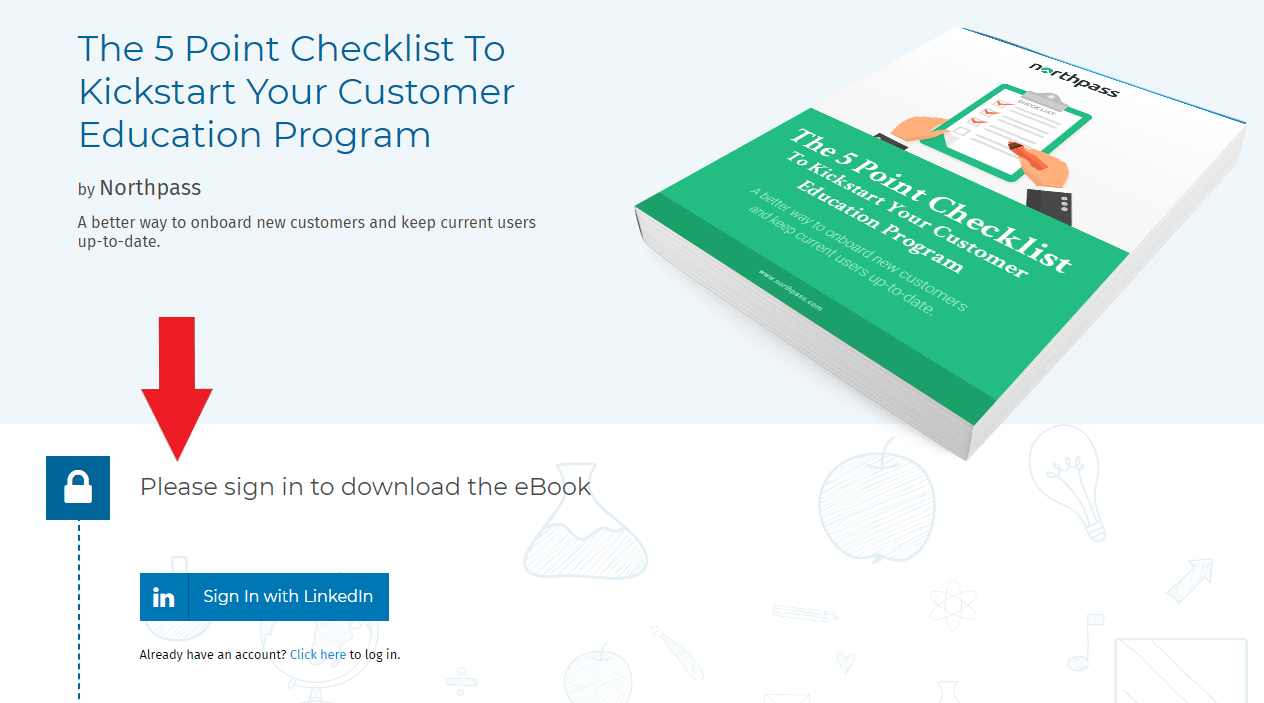
The 3 Worst Call-to-Action Words You’re Probably Using
The call to action (CTA) is one of the most important components of any piece of content. Every single web page, blog article, email, case study and video should include a call to action. CTAs are terrific, because they tell your audience exactly what to do next. You tell them the next step to take in their journey towards buying from you. Without a CTA, you have no guarantee your reader will keep engaging with you. They could easily come to the end of your article and close the browser. That doesn’t do you a lot of good, and it doesn’t get them any closer to solving their problem.
But a bad CTA isn’t much more effective than no CTA. Like just about everything in content marketing, your words matter. A call to action needs to be short, catchy, and compelling. Word choice is critical. You’ll see plenty of articles about the best words to use in a call to action, but many small businesses are still using three of the worst CTA words possible.
[bctt tweet=”Many small businesses are using three of the worst #CTA words possible” username=”billkerschbaum”]
What are these mystery CTA words? Read on, my friend.
Handpicked related content: Your CTA or Mine? Dating Your Customers to Win More Sales
Please
I see it everywhere, and I wince every time. “Please contact us.” “Please download our whitepaper.” “Please share this.”
Your mother raised you well, but there’s a time and a place for everything—including the magic word. Because in this case, “please” is anything but a magic word.
[bctt tweet=”Your mother raised you well, but there’s a time and a place for everything—including the magic word. #CTA” username=”billkerschbaum”]
What’s wrong with using “please?” A couple things. First, it tells your visitor that you want them to do something for you. You’re being polite about it, but you’re still making the demand. Effective marketing is all about helping the buyer, not helping yourself. When you say please, you’re asking for a favor, and you’ve suddenly flipped the tables on your prospect. They came to your website to solve their problem, to help themselves—not to do you any favors.
The moment you say please, you’re asking them to give up something. Now they have to make a sacrifice, even if it’s negligible. And the fact that you have to say please implies that you know you’re asking something of them. They hesitate. And maybe they don’t even realize why, but there’s just something about your ask that feels like you’re getting more out of it than they are.
Second, saying please makes your request sound weak—as if you really hate to bother them, but would they please mind taking just a quick moment to please do this one little thing? Your call to action should be bold and exciting, not apologetic.

But when you scrap the “please,” your CTA becomes value-based. You’re doing them a favor, because you’re giving them something valuable.
- Discover how to beef up your bottom line
- Download our insider secrets
- Spread the word
Isn’t that better? Suddenly your CTA is compelling, because your prospect is getting something out of it—and the language is bold and exciting.
Remember: you aren’t being rude if you’re doing them a favor! PLEASE don’t say please.
Submit
Incredibly, I’m still seeing this one. This no-no has made it onto every CTA Top 10 list since 2012, but plenty of B2B companies are still using “submit” in their calls to action.
[bctt tweet=”This no-no has made it onto every #CTA Top 10 list since 2012, but plenty of B2B companies are still using it” username=”billkerschbaum”]
What’s wrong with a Submit button?
- No one likes to submit. At best, it’s a joyless activity. At worst, it’s a command to subservience. Your CTAs should be like opening a birthday card—you know exactly what to expect, but you still can’t wait to see what’s inside. Submit, on the other hand, creates anxiety.
- There’s no value. Your CTA should communicate value as an incentive. Words like “discover,” “join,” or “try” imply value and enjoyment.
- It isn’t clear. Submit doesn’t tell your visitors what to expect when they click that button.
One study found a 17% difference between calls to action with and without “Submit.” That’s a huge margin in marketing.
Download
Is there anything more boring and generic than using “download” in a CTA? No. No, there isn’t. Your visitors already know they’re downloading that white paper—you don’t need to clarify it for them. Instead, use words that will create anticipation and emphasize value.
I haven’t seen a study on this or anything, but I’d be willing to bet that “download” is the most common CTA word. Which means any time you’re using the word in your CTAs, you’re just blending into the noise. There’s nothing about the CTA that tells your prospect your case study is any better than your competitor’s.
“Download” is an easy word to use, and it’s a safe word—but it’s also costly.
Bonus: Any One-Word CTA
One-word CTAs are just plain gruff. They’re not friendly, they don’t promise value, and they don’t entice. You don’t need a wordy call to action, but definitely keep it to more than a single word.
Looking for the best words to use in your calls to action? You’ve found it! Automation Agency put together a great list of effective, the best words to get more clicks on your CTAs.
Take your marketing content to the next level in 2018. Get started today!
